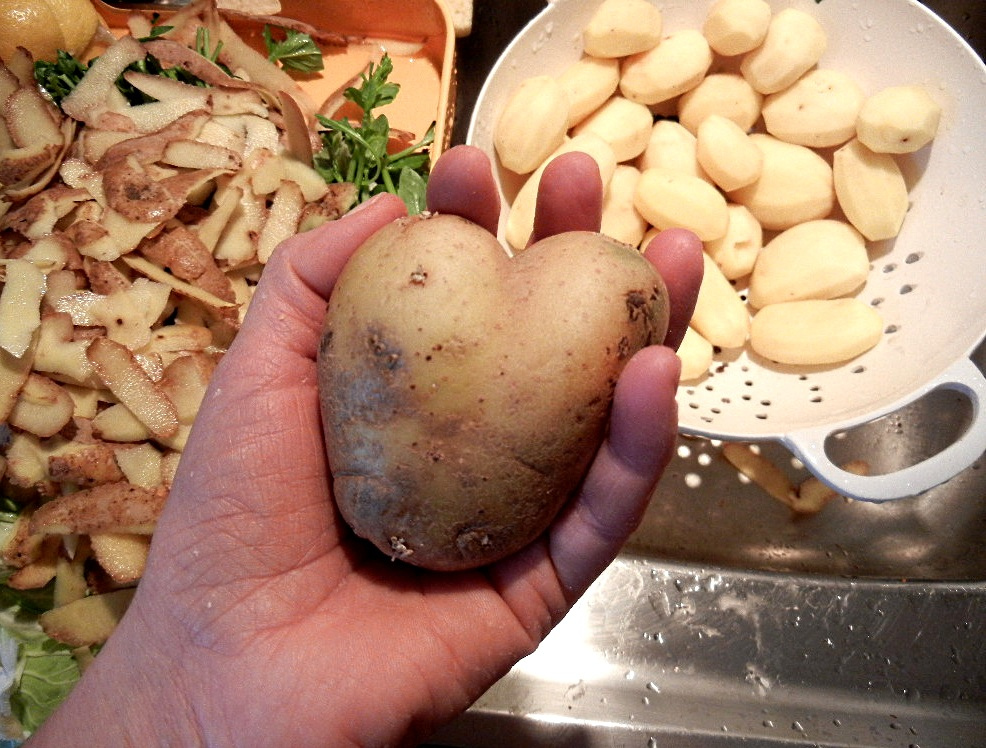 NEWS
NEWS
 NEWS
NEWS
 NEWS
NEWS
Twitter, Inc. announced another desperate ploy to make their service more appealing Tuesday by replacing the ability to favorite a tweet with an option to like a tweet (“heart it”) instead.
The company justified the decision in a blog post, with Product Manager Akarshan Kumar claiming that the move was to make Twitter “easier and more rewarding to use” as apparently hitting a star to favorite a Tweet instead (and we’re not making this up) is “confusing, especially to newcomers.”
Because you can never spin a decision based on the fact you think your users are intellectually disabled enough, Kumar channels bad poetry by saying that in contrast to the original star favorite option “the heart…is a universal symbol that resonates across languages, cultures, and time zones. The heart is more expressive, enabling you to convey a range of emotions and easily connect with people.”
The option to favorite tweets on Twitter is one of the earliest features of the service, dating back to a time where users were unable to share pictures, and was originally meant as a reason for users to bookmark tweets for later reading.
Over time the favorite feature warped along with the service, becoming a way to express approval of a tweet versus its original function, although some users today still use the option for that very purpose.
You can say a lot with a heart. Introducing a new way to show how you feel on Twitter: https://t.co/WKBEmORXNW pic.twitter.com/G4ZGe0rDTP
— Twitter (@twitter) November 3, 2015
Not surprisingly the new “heart” option has not been well received by many users, despite Twitter claiming that they had tested it previously to near universal praise.
Arguments against the change primarily come from two types of user: those that used the favorite option to bookmark tweets for later reading, who are not necessarily endorsing whether they like a tweet they favorite or not; and from those who were more than happy simply favoring a tweet as an expression of support, versus expressing what Twitter calls a like, but given its use of a heart looks like an expression of loving, or colloquially hearting the tweet at hand.
Realistically it could be argued that the change is a minor one that really won’t affect existing users all that much, but given it is minor it is also unlikely to get new users to start using Twitter either; Twitter has suffered from anemic growth over the last 12 months as interest in the once booming social networking-come-messaging service has declined and the company is currently desperate to bring new users through the door, most recently launching curated news service Moments in an attempt to do so.
The new hearts/like option is available as of now on Twitter for iOS and Android, twitter.com, TweetDeck, Twitter for Windows 10, and on Tweets across the Internet, as well as on the Vine Android app and website.
Support our mission to keep content open and free by engaging with theCUBE community. Join theCUBE’s Alumni Trust Network, where technology leaders connect, share intelligence and create opportunities.
Founded by tech visionaries John Furrier and Dave Vellante, SiliconANGLE Media has built a dynamic ecosystem of industry-leading digital media brands that reach 15+ million elite tech professionals. Our new proprietary theCUBE AI Video Cloud is breaking ground in audience interaction, leveraging theCUBEai.com neural network to help technology companies make data-driven decisions and stay at the forefront of industry conversations.